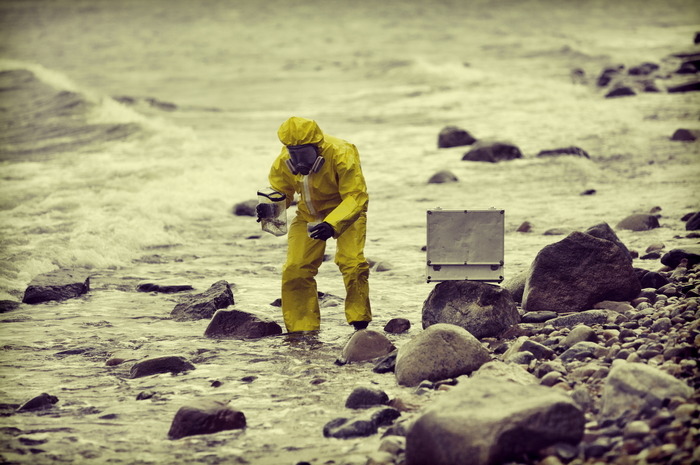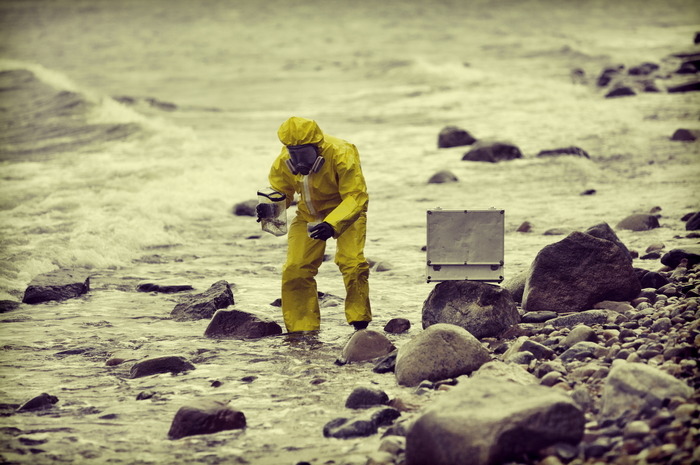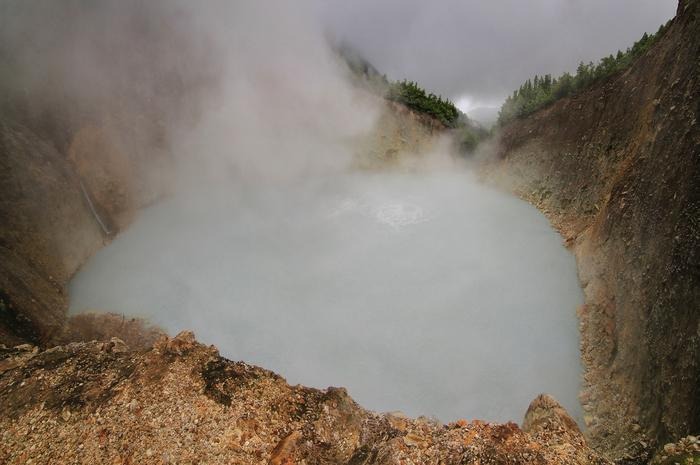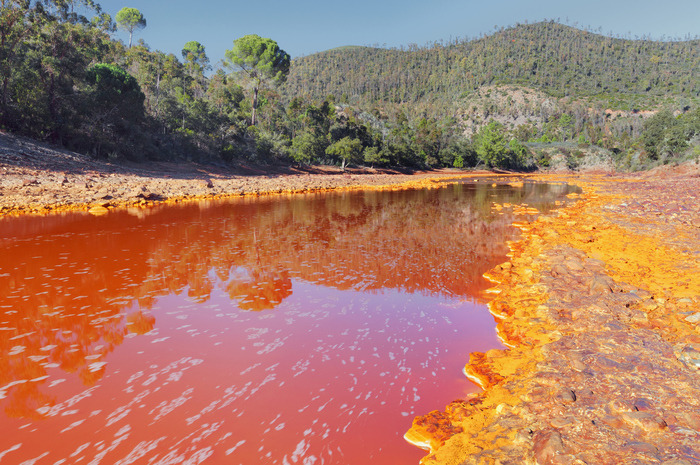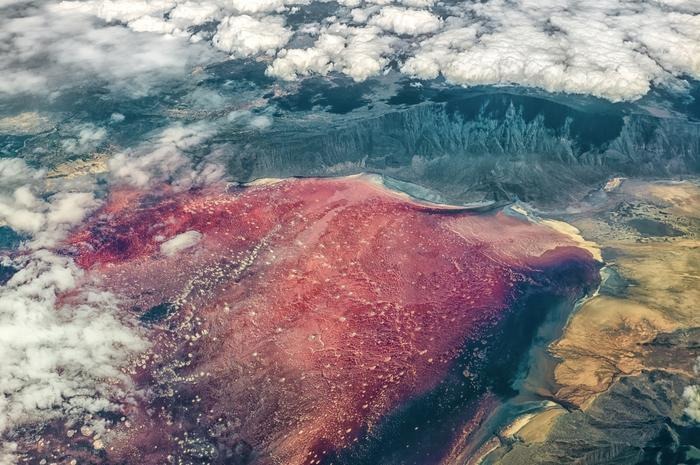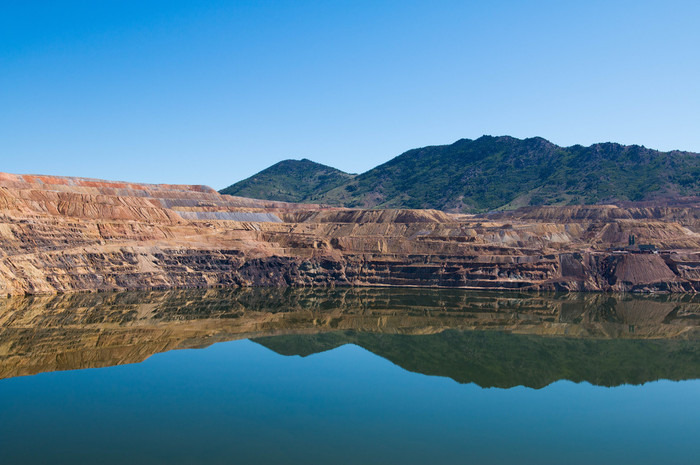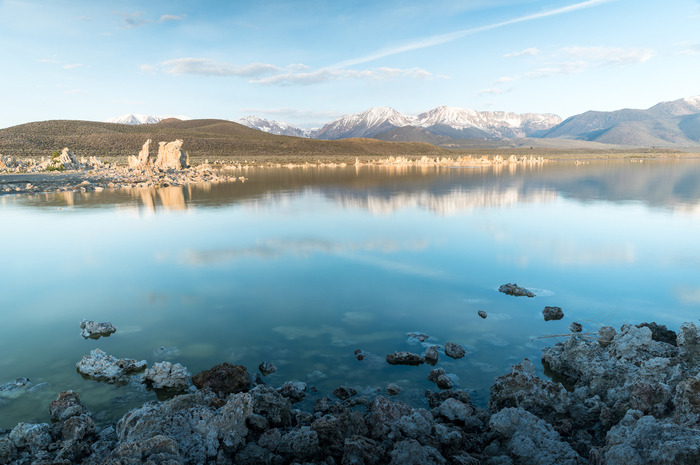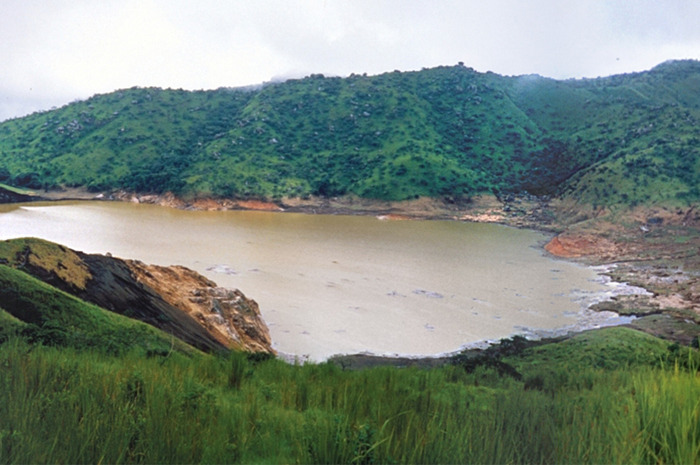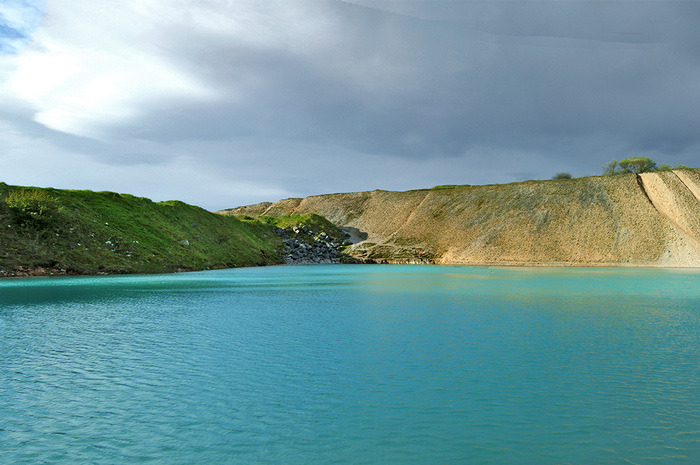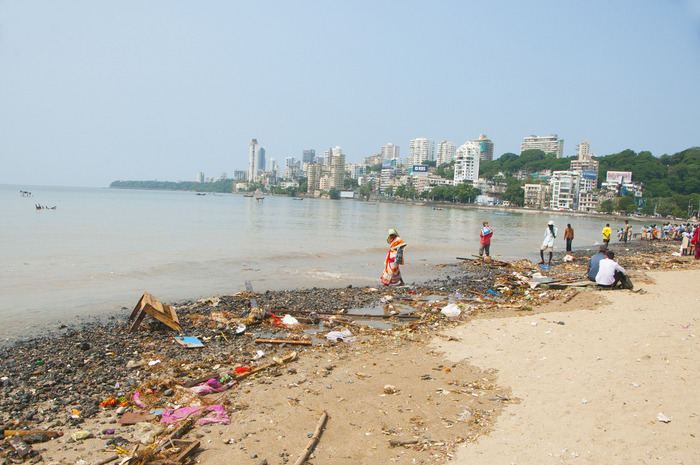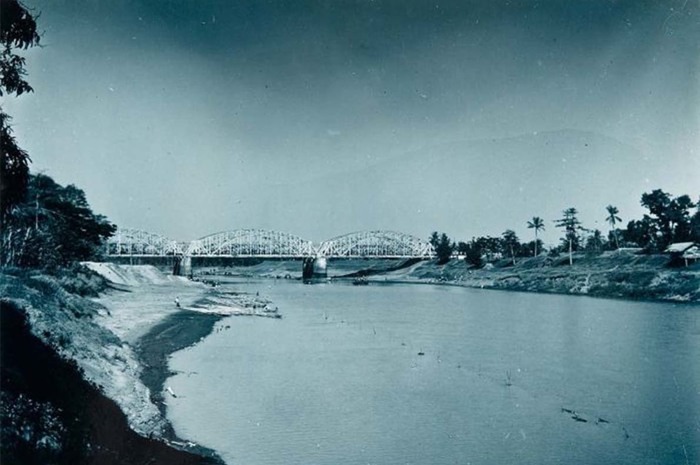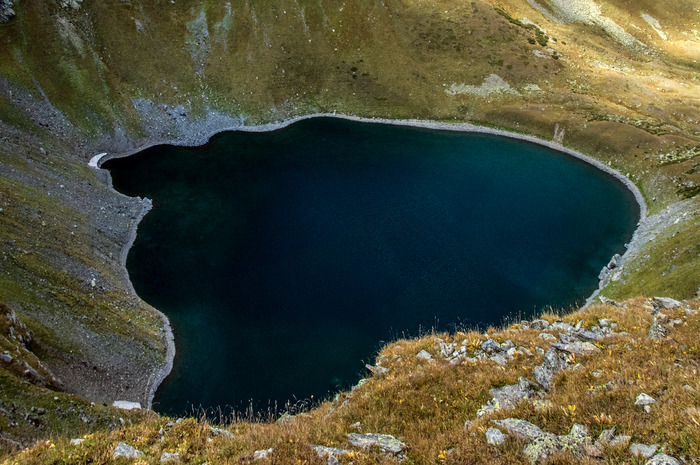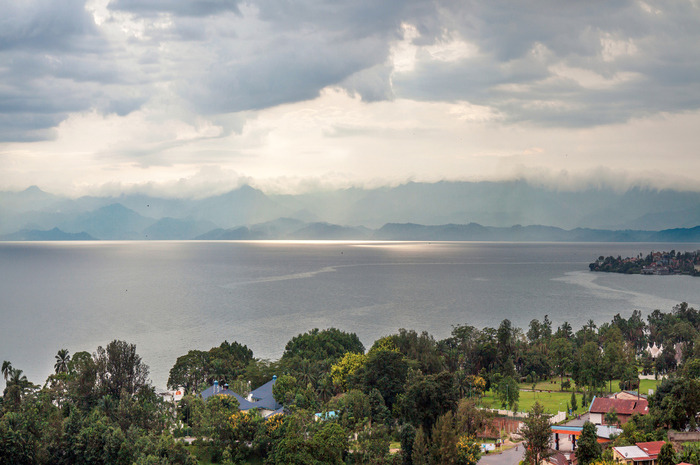Bodies Of Water Too Dangerous For People To Touch
Bodies of Water Too Dangerous for People to Touch
Plunging into a refreshingly cool natural pool, surrounded by clear turquoise waters and fairytale-like picturesque scenery is an incredible experience. But looks can be deceiving.
The Boiling Lake, Dominica
The name says it all; the dangers are clear. Some people, however, may not take the risks into account and fall victim to the allure of the steam. The boiling is believed to be caused by heat from a magma chamber beneath the lake. The water temperature can reach 194 degrees F. You can only get there on foot and the hike is rather strenuous.
Rio Tinto, Spain
It's beautiful when you look at it but it hides a toxic blend of heavy metal mining byproducts, making the water very dense, and acid exhaust. NASA scientists have even come to the area to investigate the ecosystem for its similarities to the planet Mars, according to Spain.info.
Lake Natron, Tanzania
Lake Natron is one of the most spectacular pink lakes in the world, but don't let that fool you. It is a shallow salt and soda reservoir. The pink color is due to the salt-loving creatures which thrive there during the dry season. Unlike other pink lakes, Lake Natron, which can also appear red, is extremely dangerous. The temperature can reach 140F and its pH level is 10. However, it is a safe breeding place for flamingos.
The Berkeley Pit, Montana
The former open pit copper mine produced enough copper to pave a four-lane highway four inches thick from Butte to Salt Lake City and 30 miles beyond, according to Pitwatch.org. The Pit, which closed in 1982, is filled with highly contaminated acidic water and toxic chemicals, and is now managed as a federal Superfund environmental cleanup site.
Mono Lake, California
Mono Lake is has no outlet, and has large amounts of salts and baking soda in it. The waters are clear and very heavy. When still, it looks like oil, it is so thick, and it is not easily disturbed, according to MonoLake.org. High concentrations of carbonates make the lake very alkaline, with a pH of approximately 10, which is roughly equivalent to a household glass cleaner. The toxicity varies depending on the water's depth.
Lake Nyos, Cameroon
This is one of two volcanic lakes in the world (other than Lake Kivu) that contain large amounts of carbon dioxide dissolved at depth. In 1986, it killed more than 1,700 people overnight by suffocating them. The lake literally exploded in what's known as a limnic eruption, as a result of a landslide. The gas burst forth at 60 miles an hour.
The Blue Lagoon, UK
In 2013 the Blue Lagoon was dyed black to deter swimmers. The "lagoon" is actually a toxic pool at a disused Derbyshire quarry, filled with all kinds of garbage and dead animals, with a pH level of 11.3. (In comparison, bleach has a pH level of 12.3.) Common side effects of touching the water are skin and eye irritations, stomach problems, and fungal infections.
Chowpatty Beach, India
This is India's most infamous beach — there are no sharks or lethal rip currents, but the amount of garbage on the shores is troubling. Chowpatty is among the most polluted sands in the world. There is debris, scraps from salvaged ships, and tons of dumped waste and disposal from Mumbai. You are putting your health at risk if you choose to get in the water.
Citarum River, Indonesia
This is one of the most polluted rivers in the world. A range of contaminants are present, both from industrial and domestic sources – lead, cadmium, chromium, and pesticides. A 2013 APN Science bulletin found that aluminum, manganese, and iron concentrations in the river significantly higher than the world averages, and the concentrations are also well above the recommended levels of heavy metals.
Lake Karachay, Russia
This Russian lake is so contaminated by nearby nuclear facilities that it's often referred to as the most polluted place on Earth. The water is radioactive. Standing there for just an hour would give you a radiation dose of 600 roentgen – you will literally die. Almost the entire residue is composed of high level radioactive waste.
Pinto Lake, California
Pinto Lake is full of toxic algae blooms, and officials have said it may be the most toxic lake in the state. Nitrogen and phosphorous deposited in the lake a century ago are the main culprits in causing the algae growth. High levels of phosphorous in the lake's sediments feed cyanobacteria (heavy blooms of blue green algae), creating toxins.
Lake Kivu, DRC and Rwanda
Lake Kivu, straddling the borders of Rwanda and the Democratic Republic of Congo, is absolutely gorgeous, and absolutely dangerous. The water is saturated with methane, carbon dioxide and hydrogen sulfide gas. If released, the gaseous chemicals would put more than two million people along the lake's shores in great danger. All that is needed is a small volcanic eruption, and there are many volcanoes in the area.
